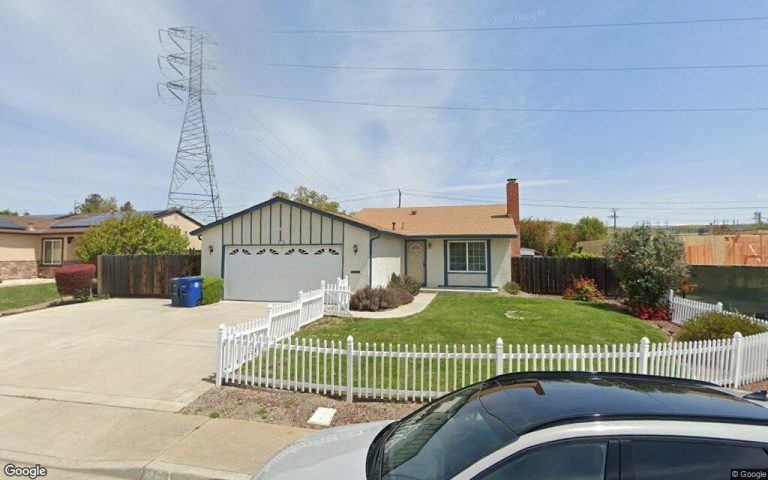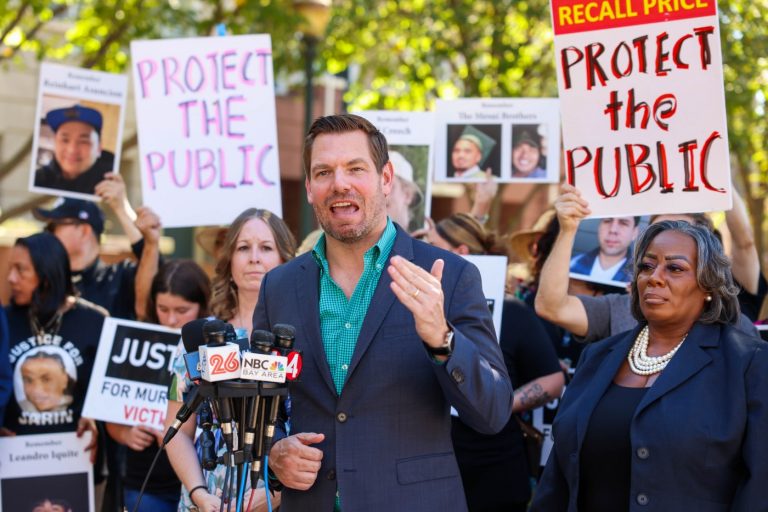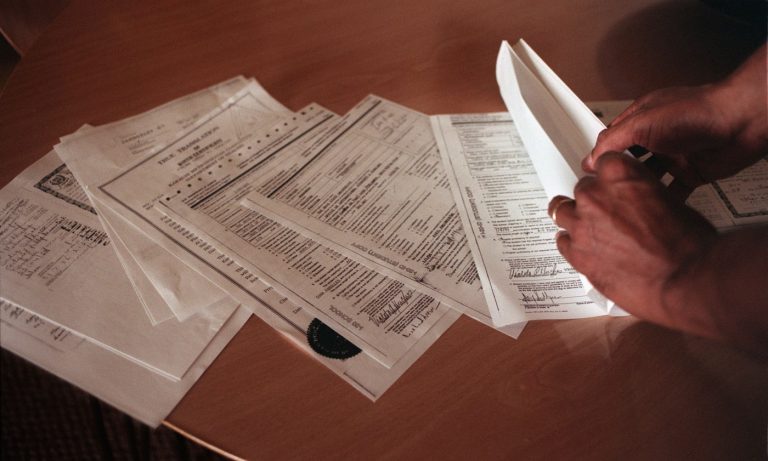New York — US consumer prices rose 3.4% annually to close out 2023, capping a year of substantial progress on efforts to rein in decades-high inflation.
The Consumer Price Index, a closely watched inflation gauge that measures the average price changes for commonly purchased goods and services, rose 0.3% in December from the month before, matching expectations, according to Bureau of Labor Statistics data released Thursday.
The monthly and annual numbers for December were higher than those seen in November, when tumbling gas prices drove the overall index lower. In December, gas prices stayed mostly in neutral, rising 0.2%, while rising shelter costs accounted for more than half of the monthly all-items increase, according to the BLS report.
Economists were expecting the annual overall inflation rate to tick higher, to 3.2% from the 3.1% headline reading the month before, according to FactSet consensus estimates.
Despite the upswing, the annual rate of consumer-level inflation is down considerably from December 2022’s rate of 6.5%; additionally, a closely watched measure of underlying inflation slowed further.
When removing the more volatile categories of food and gas, core CPI measured 3.9% annually, a step back from November’s 4% reading and the lowest annual increase that index has seen since May 2021.
On a monthly basis, core CPI rose 0.3%, in line with expectations.
What this means for the Fed’s rate cut plans
Thursday’s report, at first glance, appears to be yet another example of the long and bumpy process to bring down inflation. However, when annualizing the recent months’ data, the latest CPI report shows continued progress toward what the Federal Reserve would like to see.
Still, December’s report likely pushes back a Fed rate cut further into the year, economists said.
“Looking through the small rise in headline inflation — which was due to energy prices rising — I think the message from this release is that core inflation is proving sticky,” Brian Coulton, Fitch Ratings chief economist, wrote Friday. “This will give the Fed grounds for caution and they are unlikely to cut rates as quickly as the markets currently expect.”
Related Articles
5% pay hike for CSU faculty, librarians, coaches not ‘viable,’ union says
PG&E average monthly bills are set to top $300 for the first time
California housing costs at 7-year low, relatively speaking
PG&E electric and gas monthly bills hop over $290 mark to start 2024
US child care costs at $40,000 force parents to get second jobs
Recent months have seen disinflation — and some deflation — among goods, highlighting smoother supply chains, falling commodity prices and normalizing spending patterns.
Core services prices, however, have been more stubborn. They were up 0.4% on a monthly basis and 5.3% for the year. Services inflation tends to be “stickier” than goods because there are more factors that play in to those prices, including wages and other labor costs (once prices go up for that hair cut or the vet visit, they don’t often come back down).
However, rising shelter costs have kept core services elevated. Home prices remain high because of low inventory; at the same time, rents have stabilized or in some cases fallen because of strong multi-family construction activity.
The CPI’s measurement of shelter prices does come with a delay from the timing in how BLS captures the data as well as the natural lag effect, as leases are typically renewed on a 12-month basis.
The CPI shelter category rose 0.5% from November and was up 6.2% for the 12 months ended in December, according to Thursday’s report.
The-CNN-Wire
& © 2024 Cable News Network, Inc., a Warner Bros. Discovery Company. All rights reserved.













+ There are no comments
Add yours